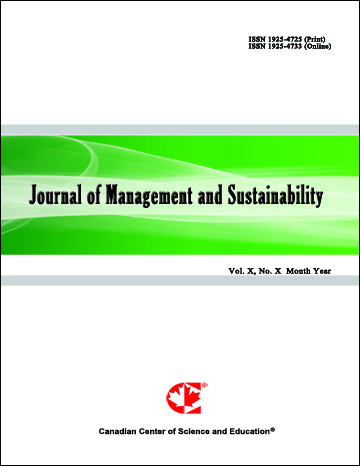Planning of Rural Ecomuseums in Forest Rurals in Mazandaran Province, Iran
- Beytollah Mahmoudi
- Naghmeh Sharifi
- Reza Ahmadian
- Yeganeh Sepasi
- Afshin Danehkar
Abstract
Rural ecomuseum is a natural and dynamic site, representing the unique and precious identity of a rural area. Ecomuseums introduce, manage, and preserve the cultural and natural heritage of the local communities. Therefore, in this paper zoning is carried out by multi-criteria evaluation method for developing rural ecomuseums in Mazandaran province rural areas. First of all, based on both local and foreign experiences, influential criteria in the zoning process were identified. In the next step, the criteria were prioritized with the help of Delphi method and AHP method. Then, given the criteria of paramount importance and the indicators of their constraining sub-criteria, potential countryside area for developing rural ecomuseums were determined by eliminating the regions with constraining criteria. Last of all, after analyzing the potential countryside areas, they were prioritized for creating rural ecomuseums. In the present study, 6 criterion groups, 20 main criteria, and 77 sub-criteria were used in the zoning process, the most important criteria being tourist, environmental, anthropological, aesthetic, architectural, and economic criteria. The findings show that the sites of priority for creating ecomuseums are Barase, Garsmasar, Lavij, Ab-e-Ask, Lajim, Kojoor, Kandelous, Ab-e-Garm, Veresk, Javaher-Deh, Asiab-Sar, Yoosh, Oskoo-Mahalle and Imamzadeh Abdullah, Hendoo-Kola, Farah-Abad, Kord-Kola, and Gol-Mahalleh.
- Full Text:
 PDF
PDF
- DOI:10.5539/jms.v2n2p241
Journal Metrics
Google-based Impact Factor (2021): 1.54
h-index (July 2022): 37
i10-index (July 2022): 147
h5-index (2017-2021): 12
h5-median (2017-2021): 19
Index
- Academic Journals Database
- ANVUR (Italian National Agency for the Evaluation of Universities and Research Institutes)
- CAB Abstracts
- CNKI Scholar
- EconBiz
- Excellence in Research for Australia (ERA)
- GETIT@YALE (Yale University Library)
- Harvard Library
- HeinOnline
- Infotrieve
- JournalTOCs
- LOCKSS
- MIAR
- PKP Open Archives Harvester
- RePEc
- Scilit
- SHERPA/RoMEO
- Stanford Libraries
- UCR Library
Contact
- Evelyn XiaoEditorial Assistant
- jms@ccsenet.org
